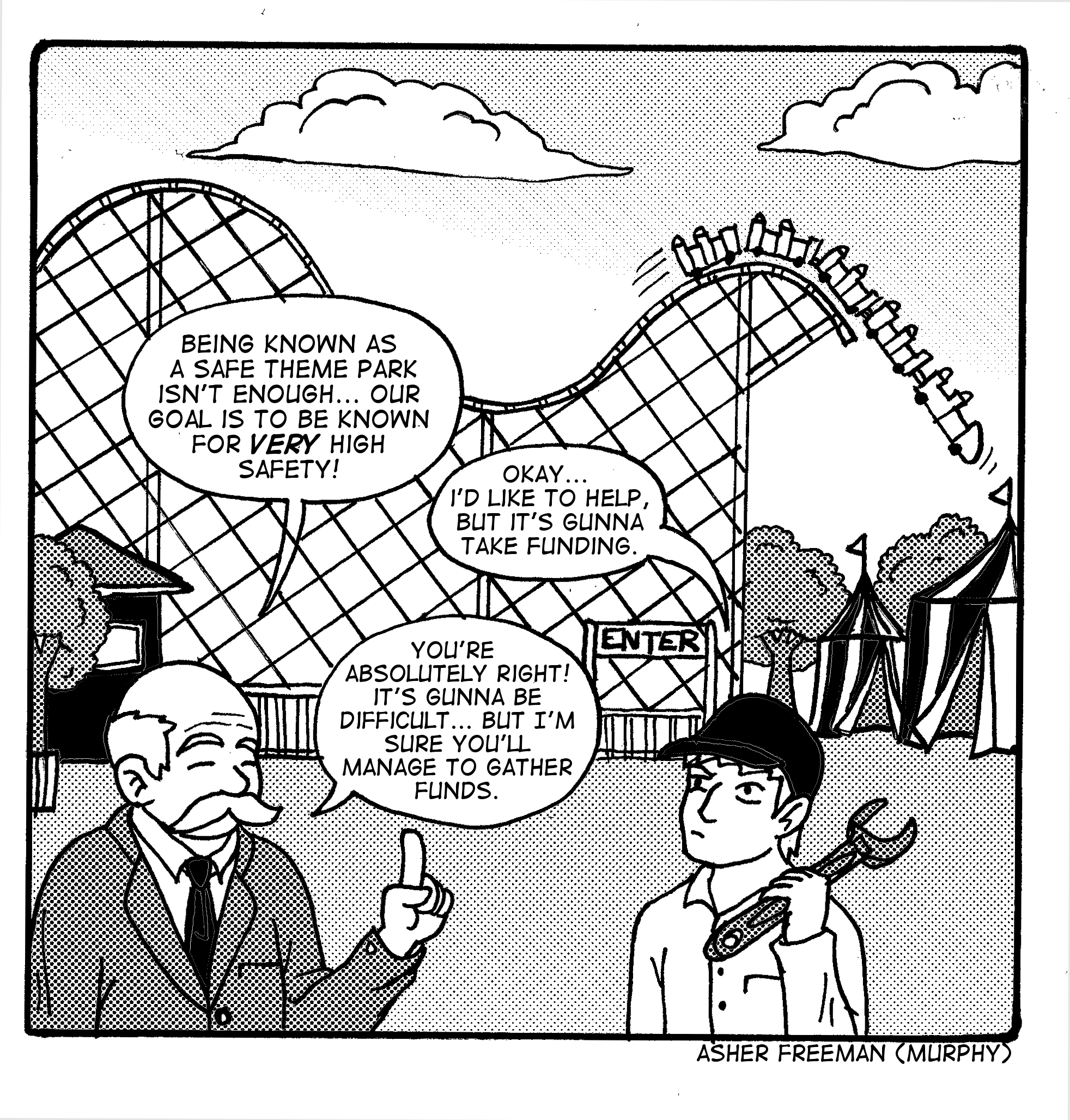 The university announced at the beginning of Baylor 2012 that it wants to reach Tier One status, which according to the Carnegie Classification system includes being classified as a Very High Research University.
The university announced at the beginning of Baylor 2012 that it wants to reach Tier One status, which according to the Carnegie Classification system includes being classified as a Very High Research University.
Baylor is currently classified as a High Research University as a result of the strategic vision Baylor 2012. As Baylor continues into its Pro Futuris vision, research is one area it is continuing to try to improve. One of the goals is to “increase opportunities for students to engage in research with faculty in all phases of the discovery process, enhancing connections between teaching and scholarship.”
For students, research is a key component to getting into graduate schools and medical schools. Publications and research honors like the Barry M. Goldwater Scholarship and Excellence in Education program are big assets on an application, giving you an edge over the competition. Research in an area related to their potential field of study is key for pre-health students and students who wish to go to graduate school.
Unfortunately, at Baylor, undergraduate research is hard for students to pursue. Students who are interested in research are shuffled among the various departments and advisors without any structure or organization providing guidance for navigating the process.
One biochemistry student who wishes to remain anonymous for fear of reprisal said she asked her prehealth advisor for advice on finding research and was told to talk to her academic advisor or find a professor and talk to them. When she talked to her academic advisor, she was told to just find a professor without any advice or guidance as to how to find and approach the professor.
When compared to the University of Texas at Austin’s undergraduate research opportunities, Baylor could definitely improve. While there are many differences in the institutions, including the distinction between a public versus private school and institution size, UT’s opportunities for research far outnumber Baylor’s. Baylor should look to the UT attitude toward undergraduate research with an eye to adopting its ideals.
UT has a freshman research initiative that allows approximately 600 freshmen a year to get involved in research. Students in this program go through a structured set of classes where they are continuously involved in research throughout their four undergraduate years.
Aside from variable special topics classes at Baylor, which can be used to pursue research in some cases, there is only one class that really integrates students into research: BIO 1405/1406, Investigations of Modern Biology Concepts, which is funded by the Howard Hughes Medical Institute.
This class only allows 24 undergraduate students to participate per freshman class, and it does not facilitate continued involvement in undergraduate research after the class is over. After this class, if students want to continue doing research, they must find research mentors themselves.
The Undergraduate Research and Scholarly Achievement initiative at Baylor is meant to encourage undergraduate research by providing information for students about undergraduate research, but it does not give students advice in finding a research mentor. The information on the site is limited. The program does, however, offer small grants of no more than $5,000 to faculty researchers who integrate undergraduates into their research in some way for an entire fiscal year: summer, fall and spring. Applications for the year that will begin in June were due in February.
This small amount of money is supposed to fund equipment, an undergraduate stipend, travel costs and conference costs. This grant requires faculty members to submit a full grant proposal. Other than that, there are very few methods of funding available, if any, to undergraduate students for conference travel, conference fees, poster fees — all necessary aspects of research that must come out of a student’s pocket if no funding can be found.
This puts students who are unable to fund their own research at a disadvantage, potentially weeding out bright but financially struggling undergraduates from being able to pursue research.
By not having funds readily available for undergraduates who take initiative and apply to present their research at conferences, the students are essentially discouraged by having to pay their own conference fees, travel, hotel rooms and poster costs. Conferences are an important part of students’ ability to network with other undergraduate students, graduate students and potential professors. Students are faced with either funding their own travel or not going at all.
Again, we must look to UT’s model. UT provides a number of undergraduate research fellowships for their students. One of the research fellowships provides up to $1,000 to undergraduate researchers. This fellowship allows applications each semester. There are also fellowships specifically for undergraduate students in different fields.
While these amounts are a bit less than what Baylor offers, UT offers more funding opportunities more often, a wide number of research fellowships are all listed together accessible on the site and, arguably most importantly, the students apply for the fellowships themselves, independent of relying on professors to fill out grant proposals.
Baylor is working steadily towards attaining its goal of becoming a top-tier research university, but until it really takes a step back to re-evaluate undergraduate research options, undergraduate students will be a trivial part of the picture.






